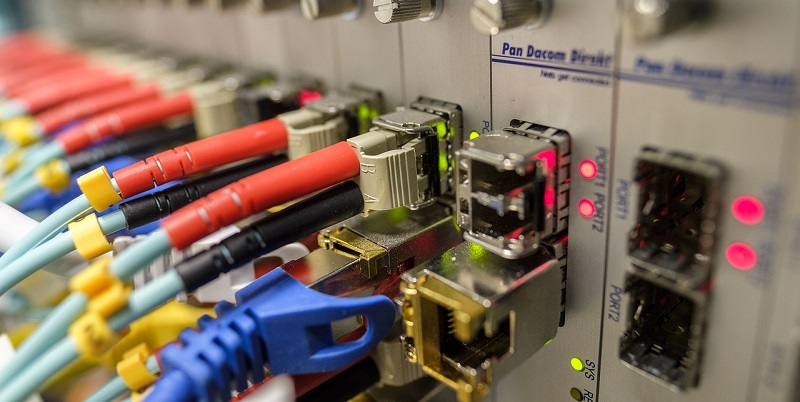Performance testing is a crucial step in the process of ensuring the functionality and efficiency of any system, network, or application. However, one of the biggest mistakes that analysts make during the testing phase is trying to include too much detail upfront, becoming overwhelmed by the sheer volume of variables, and ultimately not testing at all. In this article, we discuss the importance of keeping it simple when conducting performance tests.
Mistake of Overcomplicating Performance Testing
Often, analysts become so overwhelmed by the number of variables in a system or network that they become paralyzed, feeling as though they are not well-equipped to document all the variables necessary. This state of uncertainty can be paralyzing and can lead to a delay in tests. This is a common mistake in performance testing. The over-complication of the testing process leads to a delay in testing, and thus essential performance flaws may go undetected.
The Importance of Measuring
To overcome the paralysis that can accompany testing, the focus should always be on measurement. Starting with the basics is often the best way to manage the complexity of performance testing. Just start measuring, even if it is the most basic measurement, as there will always be anomalies or things that don’t add up.
Starting point for digging in and documenting
Once you spot an anomaly or something out of place, that is when you should start digging in and documenting. This documentation can prove to be essential in providing the insights needed to determine the root cause of the problem.
When we conduct a speed test on our Wi-Fi connection and it is rated at 800+ Mbps, but our testing shows only 11 Mbps, we immediately start investigating the root cause of the problem. We would examine the access point configuration, including channel selection, channel width, and other parameters. If the equipment configuration is correct, we would then use a Wi-Fi or RF spectrum analyser to try and understand the root cause of the problem. This is often a result of RF interference.
Using a Wi-Fi or RF Spectrum Analyzer to Determine the Root Cause
Wireless interference is often the culprit of slow Wi-Fi, and thus analyzing the spectrum using a Wi-Fi or RF spectrum analyzer can provide insight into the root cause of wireless interference. The analyser will document all Wi-Fi signals and other radio frequencies that may be causing interference.
Creating a baseline or snapshot of current performance
Another essential aspect of performance testing is taking a baseline or snapshot of the current performance. This snapshot will serve as a point of reference for future tests, particularly when done regularly. Over time, analyzing the data repeatedly allows us to fine-tune our understanding of the system and thus streamline complications during testing.
There is a lack of baseline, trace files, or current documentation in the clients
Unfortunately, most clients don’t keep track of their files or document baselines or their current system configuration for future reference. In essence, all testing becomes a reaction to their current problem. This lack of documentation hinders effective performance testing, which is why experts like Tony Fortunato suggest keeping everything documented for future reference.
Comparison of iPerf3 on Various Devices and Network Topologies
Another essential aspect of performance testing is comparing different devices under various network topologies. In the case of iPerf3, Tony Fortunato illustrates that the results will always differ due to network conditions and device configurations. Comparing the outcomes enables technicians to understand the performance of different devices, thereby making informed decisions.
In conclusion, while performance testing is vitally important, keeping it simple is essential for its success. Start by measuring the basics and then examine any anomalies for signs of problems, documenting them all along the way. Using a Wi-Fi or RF Spectrum analyser can provide insight into the root cause of problems, and having a baseline or snapshot is crucial for future tests comparison. Finally, learning from experts like Tony Fortunato can provide knowledge to avoid over-complication during performance testing.

